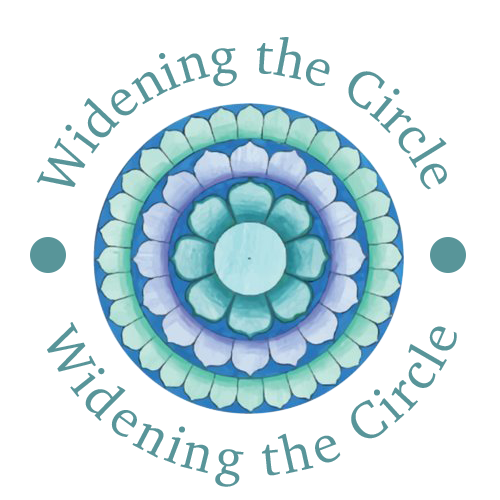Professional Development-“Resource Review”
Incorporating any article from the Widening the Circle series (or any other professional journal article) into a professional development program can be an investment in the growth and success of educators. By creating opportunities for collaboration and expanding knowledge, conducting a study of the Widening the Circle article (“Resource Review”) empowers teachers to become more effective educators. There are many benefits to holding “Resource Reviews” about instructional practices.
These include:
A. Shared Learning Experiences: “Resource Reviews” encourage collaboration and discussion among educators. By reading and discussing books together, teachers gain insights and perspectives from their peers, enhancing their understanding of diverse teaching methods and approaches.
B. Enhancing Teaching Practices: Engaging in “Resources Review” allows educators to explore new instructional strategies, gain fresh perspectives, and discover innovative approaches to teaching.
C. Personal and Professional Growth: It enables educators to expand their knowledge base, and discover new research findings.
D. Building a Strong School Community: These discussions foster a sense of camaraderie and support, strengthening the school community. By engaging in meaningful conversations about teaching, teachers build relationships and establish a network of professional support.
An “Article Review is an excellent way to engage in meaningful discussions about teaching and finding ways to reach more learners within a group setting. Here are some steps to follow when organizing a successful “Resource Review”
1. Select Reading: Agree on the “Widening the Circle” article that the staff would like to read together.
2. Read and Reflect: Allocate enough time for the group to read the article. Most of the “Widen the Circle” articles can be read in a 5–8-minute interval. Encourage everyone to reflect on their personal reactions, and thoughts evoked by the article.
3. Prepare Discussion Questions: As a group, generate a list of thought-provoking discussion questions based on the reading. These questions should encourage deep thinking, spark conversations, and delve into various aspects of the strategy.
4. Establish a Facilitator: Designate a facilitator for the “Resource Review” session. The facilitator's role is to guide the discussion, keep it on track, ensure equal participation, and encourage respectful dialogue among group members.
5. Set the Ground Rules: Establish clear ground rules for the “Resource Review” to create a safe and inclusive environment for all participants. Encourage active listening, respectful sharing of opinions, and an open-minded approach to different viewpoints. Emphasize the importance of maintaining a supportive atmosphere where everyone feels comfortable expressing their thoughts.
6. Initiate the Discussion: Start the “Resource Review”, the facilitator can share their own initial thoughts and impressions to set the tone for the conversation. Then, invite group members to share their reflections, answer the prepared discussion questions, and engage in dialogue with one another.
7. Encourage Participation: Ensure that all group members have an opportunity to contribute to the discussion. Encourage quieter individuals to share their perspectives by asking open-ended questions or inviting them directly. Balance the conversation to allow for a diversity of opinions and encourage respectful exchanges of ideas.
8. Connect the strategy to classroom practice: The facilitator asks how each participant can connect the chosen strategy to their classroom.
9. Reflect and Conclude: Conclude the “Resource Review” by allowing time for individual reflections on the discussion. Ask participants to share what they learned or gained from the experience. Agree to act. Each group member commits to the steps to implement the strategy with each participant’s classroom. Each participant agrees to bring the evidence of their implementation with an eye on the questions: What worked? What does the evidence say? What didn’t work as well? What actions can I take to make it work better?
By following these steps, a group can organize a meaningful and engaging “Resource Reviews”that fosters, encourages critical thinking, and creates a sense of community through an emphasis on improving classroom practice. “Resource Reviews” not only enrich our understanding of effective classroom instructional practices but also strengthens connections among group members and promote lifelong learning.

